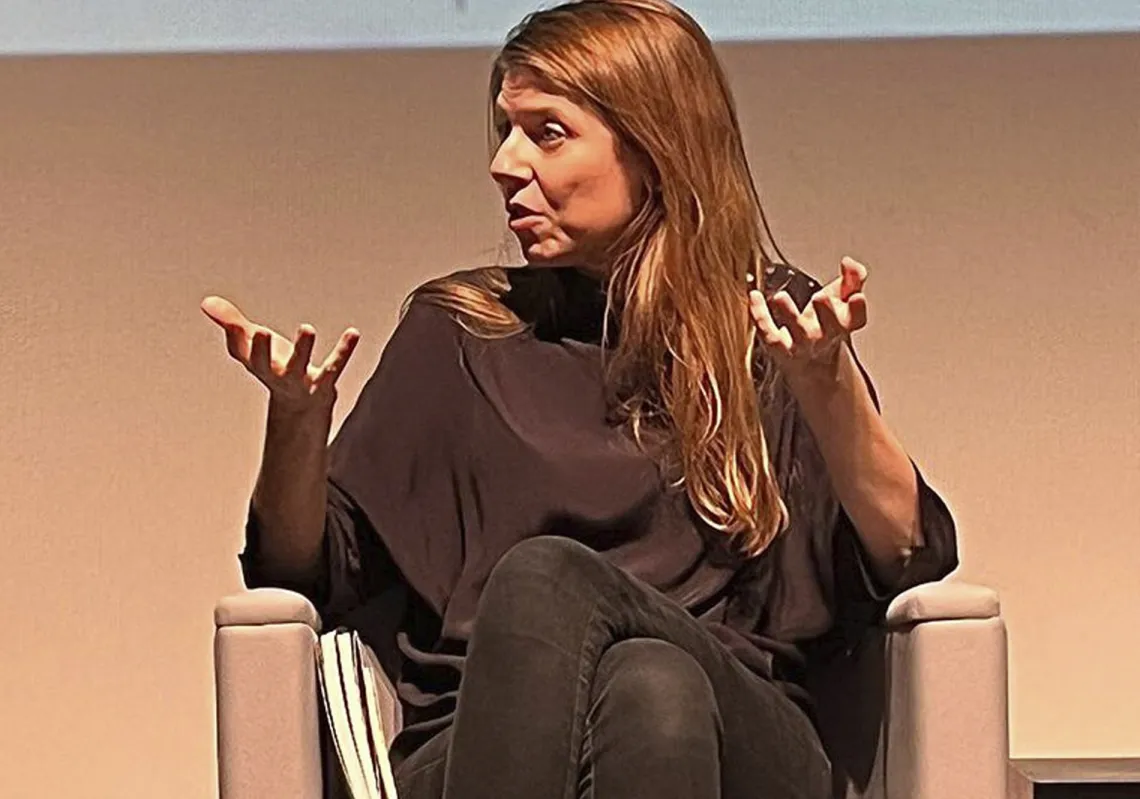A few years after the death of Pablo Picasso, a New York band called Modern Lovers wrote a sarcastic song about how some people tried to pick up girls and got verbally abused for it, but ‘this never happened to Pablo Picasso.’
Why? Because ‘girls could not resist his stare,’ apparently.
Half a century after the old goat’s passing, a new exhibition is due to open in Brooklyn which suggests that quite a few people now think he was, well, less than savoury. Trying for a pun, the exhibition organisers have called it ‘Pablo-matic’.
They are not the first to have qualms about the most famous of all 20th-century artists. Churchill, himself a painter, once fantasised about kicking Picasso’s backside all the way down Whitehall, though this was more an expression of art criticism than of moral outrage.
I dare say the Paris resident was rarely to be seen traipsing down Whitehall, but in a sign of how much his adopted city has changed its opinion of him, a new exhibition there aims to make it easier for ‘young people’ to relate to his works by offering explanations for his use – or appropriation – of African art and his shabby treatment of women.
Thus, the Guardian reported that the Picasso Museum:
‘...chose not to flinch at the controversy surrounding the artist, whose troubled private life – namely his allegedly callous treatment of his wives, lovers and muses – has become more of a focus for young audiences than his work since the #MeToo movement. There is also renewed debate over Western artists’ use of African artefacts, which Picasso collected’.
Might these young audiences be figments of the curator’s imagination?
Badly-behaved men
If not, one wonders how they would cope with the private lives of some other male artists, those who were very badly behaved. It would be hard to appreciate Caravaggio if one could only think of him as a brutal murderer, yet those repetitive decapitations don’t evince a mild-mannered soul.
The more you learn about Gauguin, the worse he seems to get. There are some who think Walter Sickert, an outwardly respectable Victorian painter, was the real Jack the Ripper.
And we know for sure that Eric Gill did unspeakable things. The BBC has had to defend the restoration of his statue on the side of their building after it was attacked by a protester with a hammer.
Outside BBC right now a man is trying to smash up Eric Gill statue while another man live streams talking about paedophiles. Gill’s horrific crimes are well known. But is this the way? pic.twitter.com/IzFUBIJfwT
— Katie Razzall (@katierazz) January 12, 2022
Though no one accuses him of incest, bestiality or (in Caravaggio’s case) homicide, the further one delves into Picasso’s private life, the greater the conviction that he had dark secrets.
And so it is that the British fashion designer, Paul Smith, has tried to make the Paris exhibition more relatable for young people, by putting wallpaper behind the paintings and taking the edge off the white of the rooms with green astroturf and brown kraft paper.

“For the world of pop that we are in now,” he says, “everything is very immediate on people’s phones, so it’s intentionally a very visual exhibition.”
It’s one thing to make Picasso smartphone compatible, but if his treatment of women or his cultural appropriations mean that we can’t bear the sight of him, that implies something far more fatal to his continuing hold on our esteem: obsolescence.
Taking the misogyny first, his behaviour was consistently bad. The odd thing is that he chose to record the crime scenes, repeatedly.













